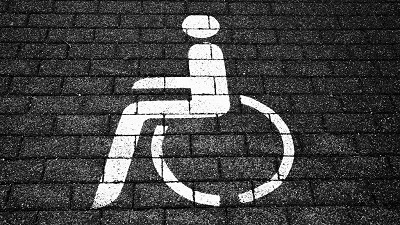
Quadriplegia/Tetraplegia
Quadriplegia, also known as tetraplegia, occurs when the patient suffers paralysis or weakness in both arms and legs. It most often results from an injury to the cervical spine, which is located in the neck. Some people with quadriplegia or tetraplegia also deal with symptoms like loss of physical sensation in the affected body parts, trouble breathing, and difficulty controlling their bowels or bladder.
Paraplegia
Paraplegia occurs most often after an injury to the spine below the first thoracic vertebrae, located in the upper back. Depending on which area of the spine is affected, the patient may lose sensation or suffer organ damage in the trunk of the body, or only the legs may be affected. When the trunk is affected, the person may have trouble breathing or coughing, which can lead to a much higher risk of serious lung problems or diseases like pneumonia. Patients with paraplegia, however, do retain use of their hands and arms.
Anterior, Central, Posterior, and Brown-Sequard Syndromes
These types of paralysis injury are named for the part of the spinal cord that is damaged: the front (anterior), center (central), back (posterior), or only one side (Brown-Sequard). Different locations result in different symptoms. For instance, a patient with posterior cord damage will often keep some muscle strength and be able to sense pain and temperature differences, but will struggle with coordination.
Contact an Experienced Injury Attorney
If you or a loved one have suffered any kind of paralysis injury, you need a strong attorney on your side. Crowe Arnold & Majors, LLP can be there for you. Call us today at (214) 231-0555.





